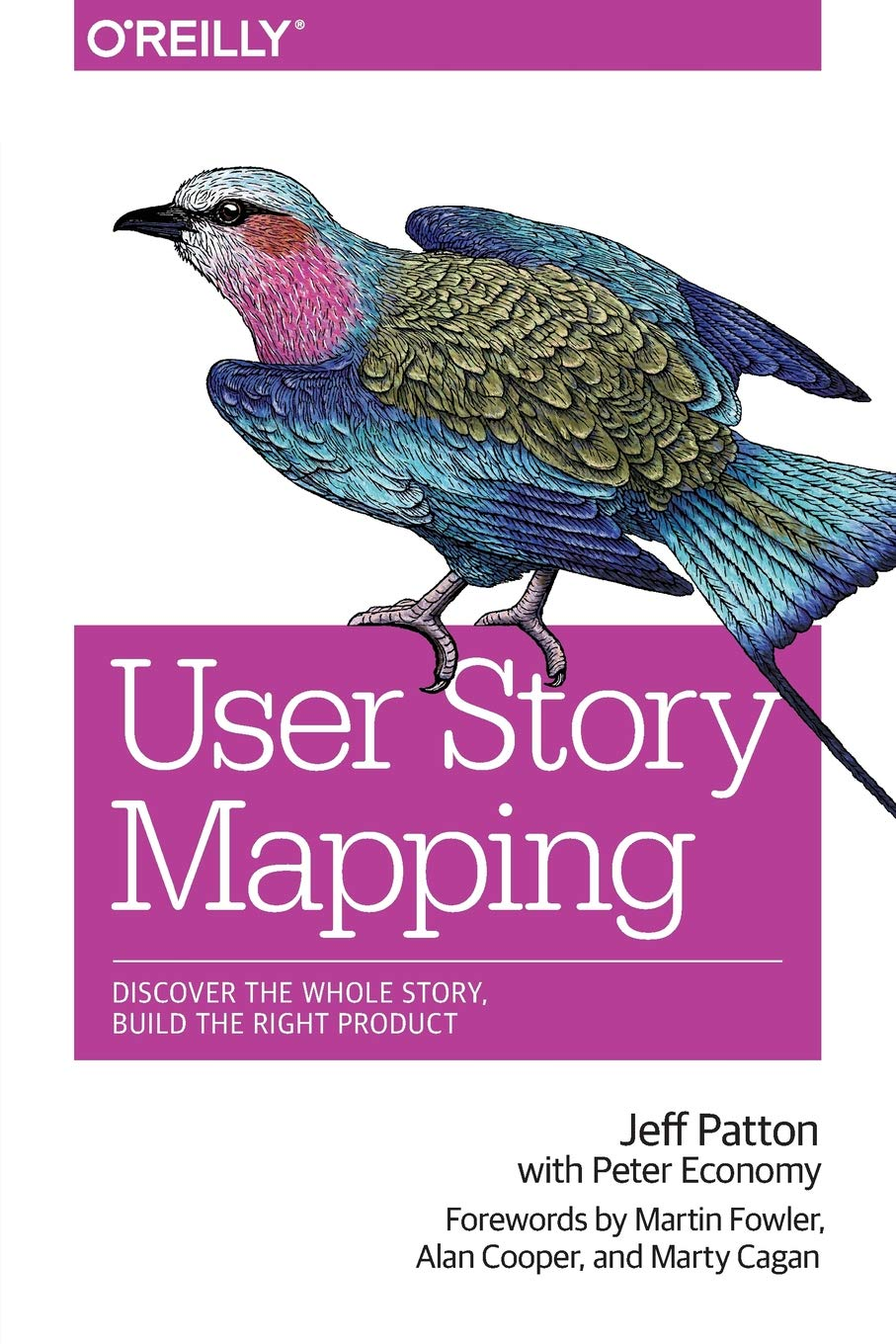A true collaborative effort works wonders. With office spaces becoming a thing of the past, real-time collaboration has become the foundation of agility, helping to efficiently complete extremely complex tasks. In this article, we’ll explain what real-time collaborati
Agile Iteration: The key to continuous improvement in PM
This article will help you understand iteration processes, their benefits, and best practices.
Agile iterations enable teams to work on projects in small cycles, delivering value incrementally and adapting to changes as they arise.
Key takeaways
Incremental delivery of value supports flexibility and adaptability.
Iteration cycles foster continuous improvement and strengthen team collaboration.
Proper iteration planning is the foundation of project success.
Understanding iterations: The building blocks of agile development
An Agile iteration is a core element of flexible project management, involving small, manageable cycles called iterations or sprints. These cycles allow teams to create value step by step while ensuring flexibility, continuous improvement, and the ability to adapt to changing project requirements.
How do agile iterations work?
Agile iterations typically last from 1 to 4 weeks and follow a structured process:
- Planning: The team defines goals, tasks, and deliverables for the iteration.
- Execution: Tasks are completed incrementally, with daily stand-ups to monitor progress and address challenges.
- Review: The team presents results to stakeholders, such as a working prototype, to ensure alignment.
- Retrospective: Participants discuss what went well and what could be improved for the next cycle.
Example: The development team behind Slack implemented short sprints to continuously test new features. This iterative approach allowed them to refine the product based on user feedback quickly
Benefits of agile iterations
Agile iteration processes bring significant benefits to teams and organizations:
- Faster delivery of value: Each iteration delivers a small, completed piece of work, providing quicker results. For instance, instead of waiting months for a fully developed website, a client can see the first working version within a couple of weeks.
- Flexibility: Iterations make it easy to adapt to new ideas or tasks that arise mid-cycle.
- Risk reduction: Continuous feedback and smaller task scopes help prevent major errors. For example, if a user interface design doesn’t meet expectations, this will become apparent after one iteration rather than at the end of the entire project.
- Improved collaboration: Daily meetings and retrospectives encourage open discussions, boosting team morale and effectiveness.
Best practices for successful iterations
To make iterations effective, follow these recommendations:
Set clear goals: Begin each iteration with a clear, measurable objective that everyone on the team understands. For example, a goal like “Improve page load speed by 25%” is specific and actionable, helping the team focus on priorities.
Prioritize tasks: Focus on the tasks that deliver the most value to end-users.
Use retrospectives to improve: For example, if too much time was spent fixing bugs during one iteration, consider adding extra testing in the next cycle.

Agile iterations vs. traditional project cycles
Unlike the traditional waterfall approach, Agile iterations emphasize adaptability and collaboration.
| Aspect |
Traditional Cycle |
Agile Iterations |
| Flexibility |
Low |
High |
| Delivery Style |
One-time (end of project) |
Incremental |
| Stakeholder Involvement |
Minimal |
Continuous |
| Adaptability |
Limited |
Unlimited |
| |
|
|
Interesting fact 
Did you know? The term "iteration" in Agile originated from engineering processes in the 1990s when Toyota engineers used the "Plan-Do-Check-Act" (PDCA) cycle to improve vehicle quality. This method, which inspired Agile, proved effective not only in manufacturing but also in software development.
To dive deeper into the core principles that drive Agile, explore our article "What Is the Agile Manifesto? Understanding Its Core Values and Principles". Learn how to effectively build team structures in our guide "Agile Team Structure: Roles and Responsibilities for Effective Collaboration". For insights into improving iteration cycles, check out our tips on "Workflow Templates: How to Optimize Processes for Maximum Efficiency".
Conclusion
Agile iterations are not just a tool but a philosophy that helps teams remain flexible, productive, and results-oriented. By implementing iteration processes and best practices, you can minimize risks, accelerate project delivery, and achieve high-quality results.
Recommended reading 

"Agile Estimating and Planning"
This book offers a practical approach to Agile planning and estimation, with strategies for managing iterations effectively and delivering value incrementally.
On Amazon
"Succeeding with Agile: Software Development Using Scrum"
A comprehensive guide to implementing Agile methodologies, focusing on Scrum practices, including iterations and retrospectives, to maximize team performance.
On Amazon
"User Story Mapping: Discover the Whole Story, Build the Right Product"
This book explains how to effectively plan and prioritize tasks within Agile iterations to ensure the delivery of high-value outcomes.
On Amazon






